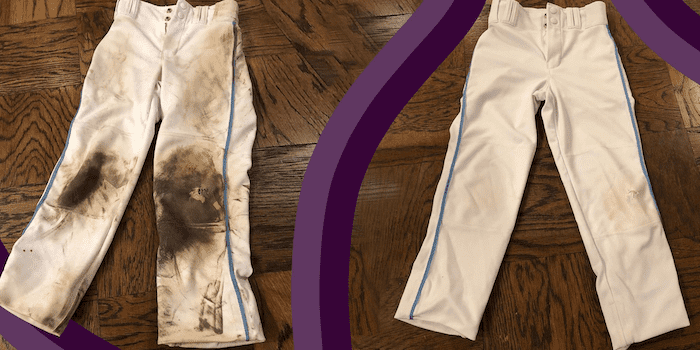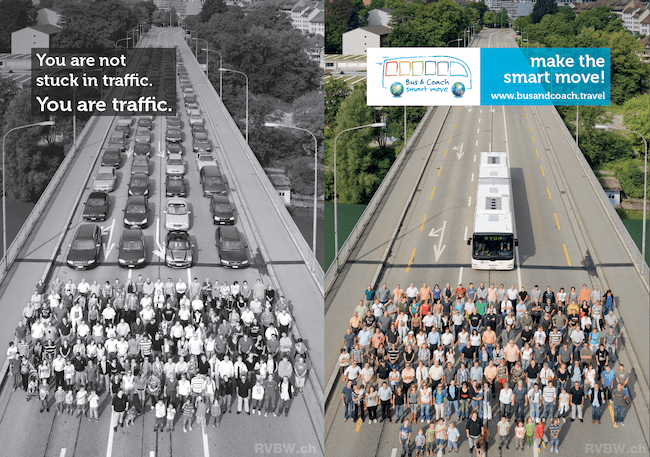STRATEGIC NARRATIVE INSIGHTS
Before And After
To make people adopt a new opportunity, show what the world looks like if you succeed.
Paint a picture of the change you want everyone to live. Or take a photo of it.
Framing your strategic narrative with a “before and after” shows people what it will look like if they participate.
“Before and after” is a classic tactic.
Detergent brands know that.

Beauty companies master it.

Cities and public transit agencies mobilize people with it.

And so did Martin Luther King.
That’s how he was able to galvanize people to confront profoundly entrenched racism willingly. He clearly defined the world that “could be”. He showed what success could look like.
He said:
“I have a dream that one day this nation will rise up and live out the true meaning of its creed that all men were created equal … I have a dream that one day, my four little children will live in a nation where they will not be judged by the color of their skin but by the content of their character. … I have a dream that one day … little black boys and black girls will be able to join hands with little white boys and little white girls as sisters and brothers.”
He painted such a concrete image that people knew what they were working toward, even when he was no longer around to guide the movement.
But here is the thing:
“Before and after” is such a well-known and effective tactic that we seem to forget it. In my experience, it’s rarely something business leaders will think about.
It’s your job to have a vision. You know what success looks like. You can envision it. But not everybody does.
Your community (team + clients + partners + clients + everyone) wants to know where you’re taking them and what things might feel and look like if they succeed with you.
Show them. Before and after.
